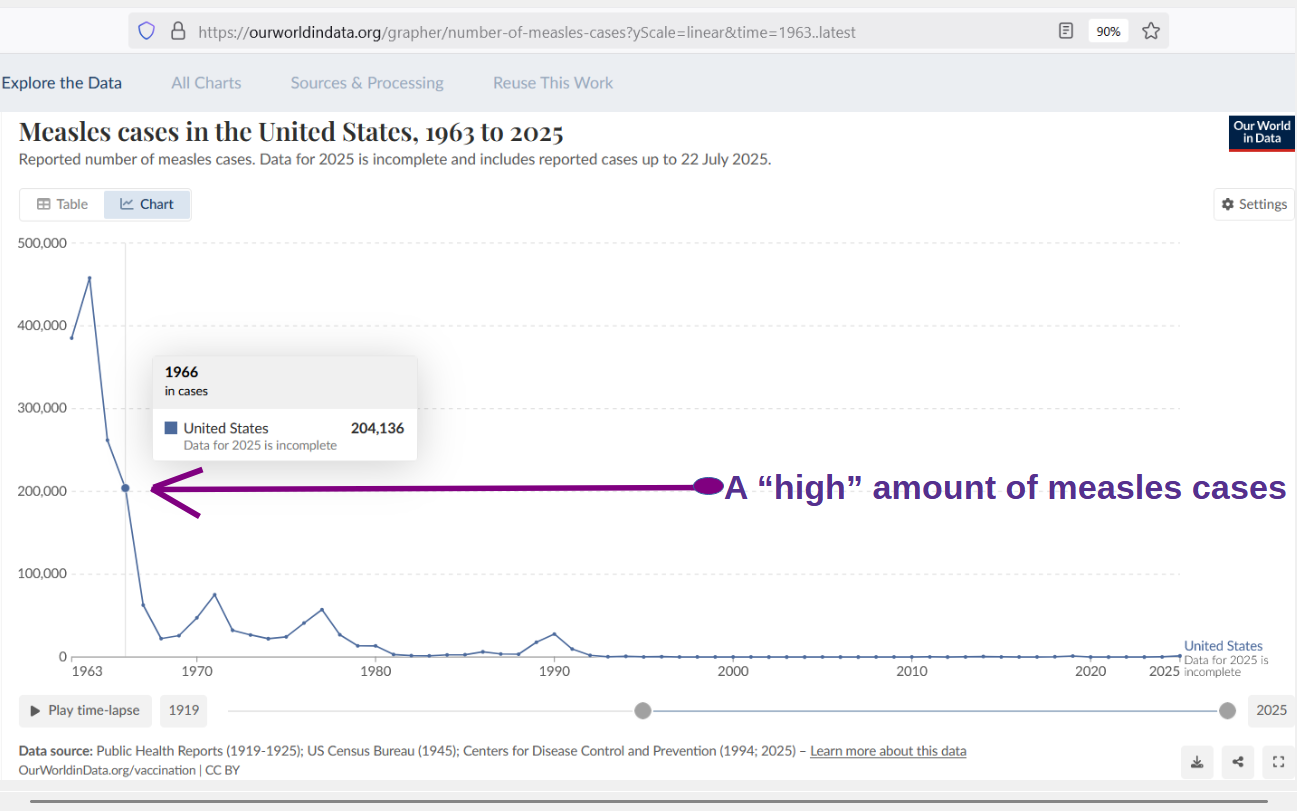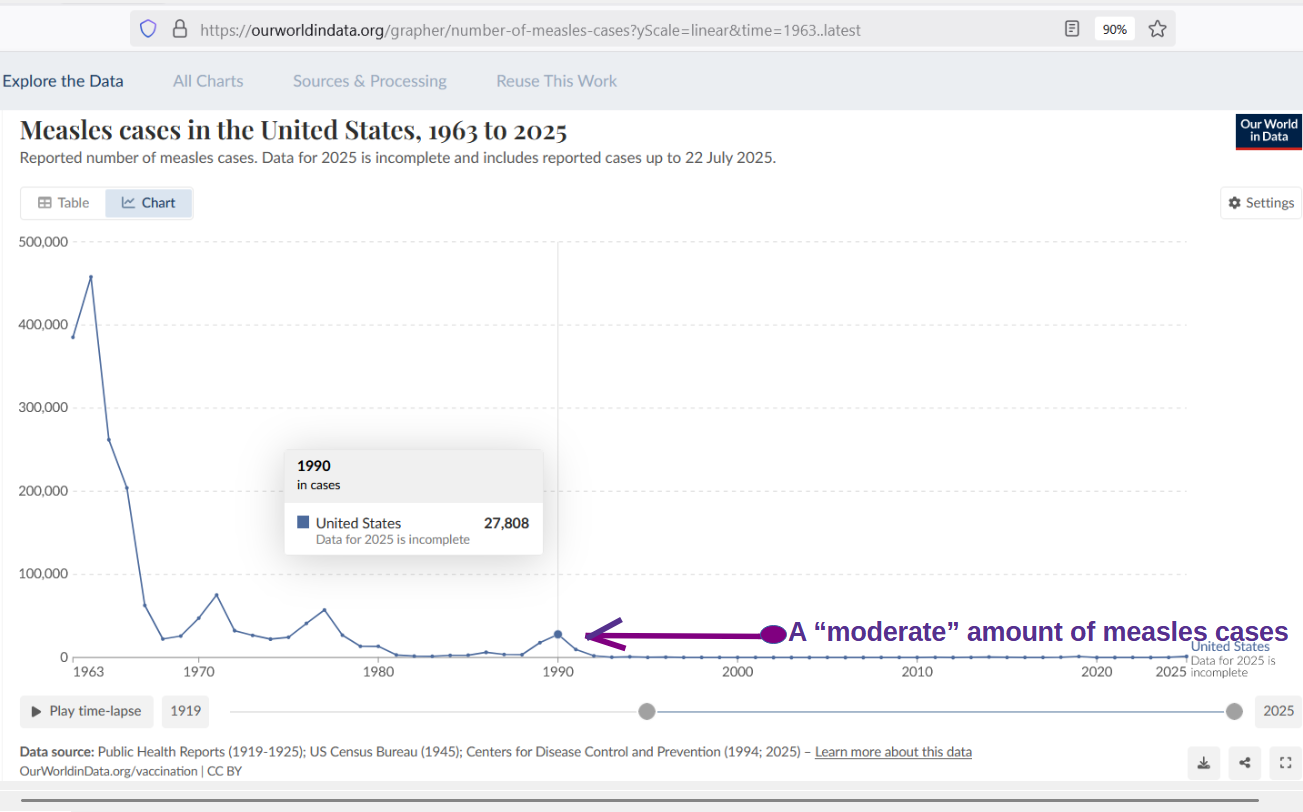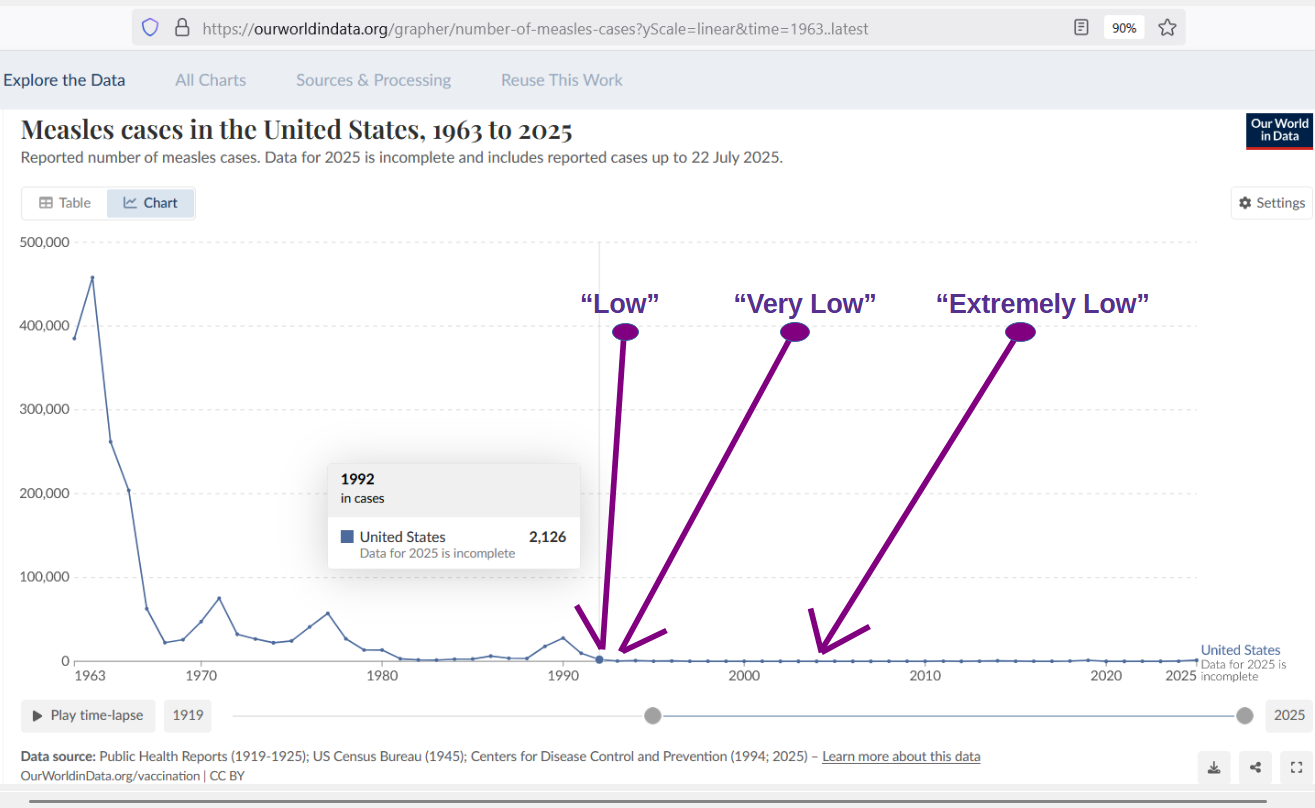Non-subjective Epidemiology
Post #1348
A lot of health officials and talking heads have been acting like the evolution of disease (epidemiology) is a subjective parlor-game — where you get to make up your own, personal definitions — and acting like science is a shouting contest where the loudest voices ring true.
But, in science, you do not get to make up your own personal definitions for things. And, in science, the loudest voice — i.e., the one reaching the most people, because of being helped along by the captured mainstream media — is very often wrong.
This is because the contrived popularity of a claim has nothing to do with the truth of the claim. Things do not become “more true” when many more people start believing in it. In primitive societies, many people thought “rain gods” make rain, but that was never true.
Most of the Western world thought that the Sun revolved around the Earth, but that was never true. When we agree not to allow subjectivity to enter into the evaluation — beyond stipulating the time as: post-1963; and the place as: the USA — then which case loads of measles would be properly classified as being high, low, and moderate?
Talking heads who claim that measles cases are currently high are attempting to introduce subjectivity into science — using an overly-narrow time-window which sacrifices persepective on the nature of measles. For the post-1963 USA setting, having “high measles cases” means having measles cases approximately as high as in 1966:
~200,000 measles cases
Only when you deliberately ignore the history and perspective afforded by the empirical data on measles, would you ever make the subjective mistake of referring to measles cases in 2025 as being “high.” Another way to say this is that you could be characterized as having an absurd frame of reference (one that does not fit the data).
A previous post related to this one is here.
Analogy
Little Johnny went to Mommy to declare that his toe was big, while pointing at his big toe. Mommy corrected him by telling him that he was pointing at his big toe, rather than at one of his little toes, so that he was adopting an absurd frame of reference on the matter. She elaborated on how he pointed to his big toe,
“Little Johnny, it is in the nature of that toe to be larger than the others, and we have to judge or evaluate things by reference to the nature of the thing in question — not in comparison to things which are already expected to be smaller, like your other four little toes. A thing must be judged by the very nature of that thing.
As toes go, your big toe is not big. It isn’t even 3 cubic inches. It only has the naive appearance of being big, because of its inherent relation to the other toes which are sitting right next to it. If you widened your perspective and began to look at all of the big toes of the world, you would reach a non-subjective conclusion that yours is small.”
What “high” measles cases looks like
To have high incidence, the USA would need about 200,000 measles cases per year.
What “moderate” measles cases looks like
To have moderate incidence, the USA would need about 28,000 measles cases per year.
What “low, very low, extremely low” measles look like
To have “low” incidence, the USA would need about 2,100 measles cases per year.





